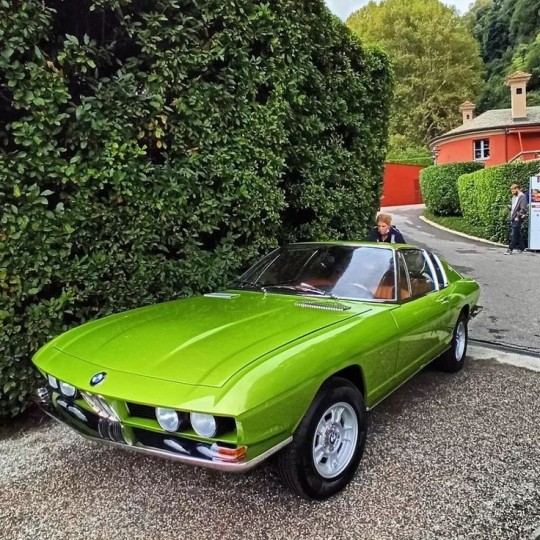#Frua
Text
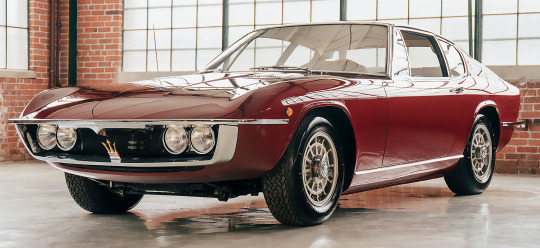

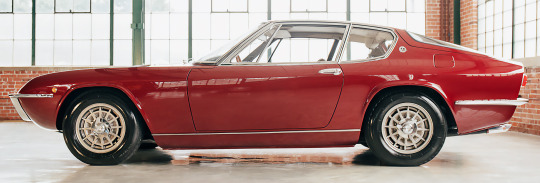
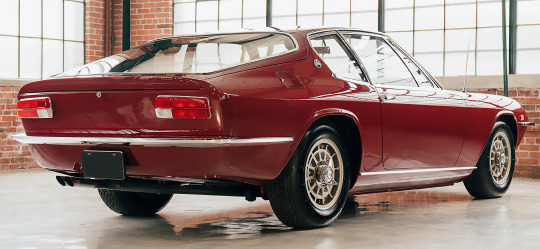
Maserati Mexico, 1968, by Frua. A one-off built for Maserati racing privateer Franco Rol. The bodywork was adapted from Frua's Mistral design with a new front end that he hoped Maserati might adopt for their new V8 grand tourer but they turned instead to Vignale.
713 notes
·
View notes
Text
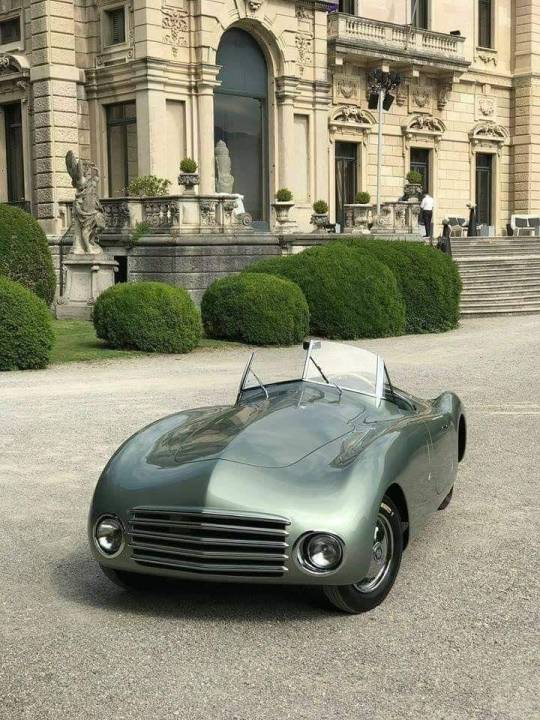
Fiat 1100 A Sport Barchetta by Frua 1946. - source Roland Richter.
140 notes
·
View notes
Text
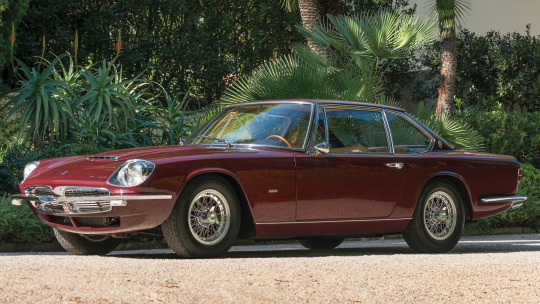

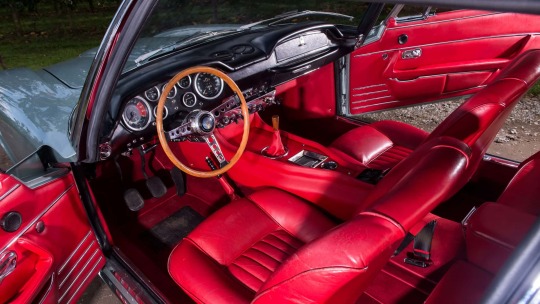
1966 Frua Maserati Mexico Concept
My tumblr-blogs: https://www.tumblr.com/blog/germancarssince1946 & https://www.tumblr.com/blog/frenchcarssince1946 & https://www.tumblr.com/blog/englishcarssince1946 & https://www.tumblr.com/blog/italiancarssince1946 & https://www.tumblr.com/blog/japanesecarssince1947
57 notes
·
View notes
Photo





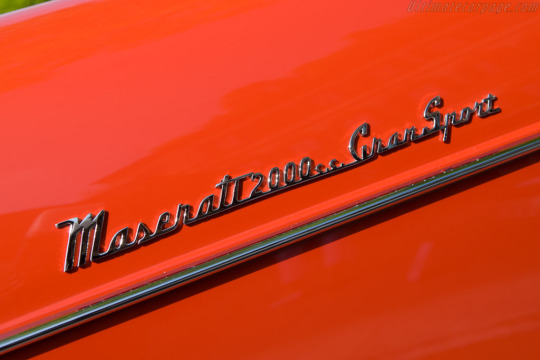

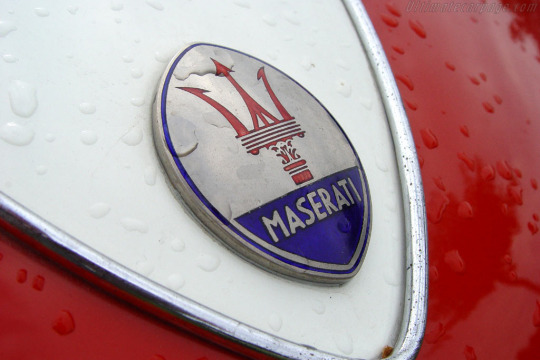
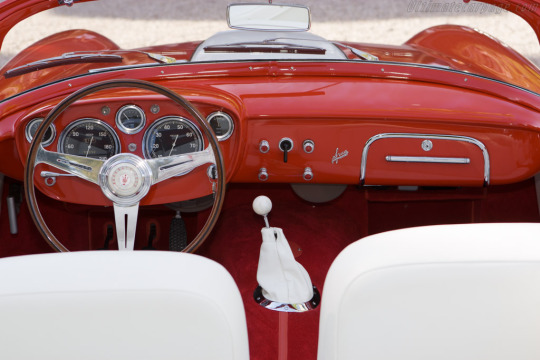

Maserati A6G/54 Spider by Frua (1 of 10).
From 1954 Maserati offered the final edition of the A6G sports car. As with its predecessor, the sales designation 2000 GT was frequently used in brochures and advertisements. On the race tracks of the World Sports Car Championship, the corresponding offshoots were called A6GCS. By 1957, only 60 Maserati A6G/54 cars had been built, with the bodies being exclusively built by external coachbuilders such as Allemano, Zagato and Frua.
So the A6G/54 presented at the Paris Motor Show in October 1954 had to meet high expectations. On the one hand, its driving performance was to clearly exceed that of its direct predecessor. On the other hand, Maserati naturally also wanted to increase its production figures again. And last but not least, there was direct competition with Ferrari, an up-and-coming company that had been enticing customers by building sports cars in the immediate vicinity since 1947. Accordingly, the engineers under Gioacchino Colombo began to thorougly rework the two-liter inline six-cylinder engine. Compared to the A6G, the ratio of bore to stroke was changed, turning a long stroke engine into a short stroke engine with two overhead camshafts. Compared to the A6GCS, Maserati used a chain instead of sprockets to drive the camshafts in the A6G/54 to improve reliability in everyday use. These measures increased the revs and thus the power output, which in this case was around 50 percent higher than that of the predecessor. Expressed in figures, 110 kW/150 hp was initially available, later even 118 kW/160 hp thanks to dual ignition.
As already mentioned at the beginning, Maserati at that time only produced the engines, transmissions and the tubular frame made of steel tubes including suspensions for the A6G/54. Then they sent the components to the coachbuilder selected by the individual customer. The official brochures offered a choice of four bodies. Tipo A and Tipo B came from Frua, Tipo C from Allemano and Tipo D from Zagato. Pinin Farina had previously fitted various A6 and A6G chassis, but then fell out of favour with Maserati when they entered into close cooperation with Ferrari. Only for the A6GCS, a few bodies were still being built there at the request of Maserati dealer Mimmo Dei.
This dealer was also the one who started the ball rolling for the A6G/54 Frua Spider. After a Spider based on a A6GCS chassis with the engine of the A6G/54 was completed in Pietro Frua’s workshop in the spring of 1955, Mimmo Dei ordered a small series of ten vehicles. However, only the first one was given the same design as the original model. The other nine were given an extended front and other modifications in detail. Different bumpers and small fake air intakes on the rear fenders for example.
65 notes
·
View notes
Text


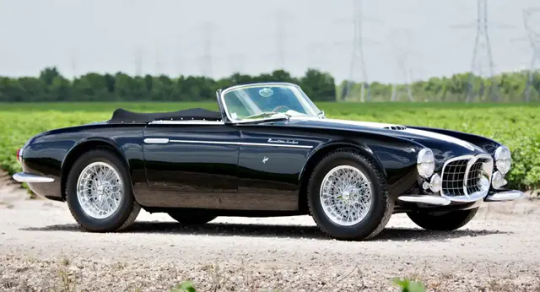
11 notes
·
View notes
Text
German fastback: 1968 BMW 1600 GT by Frua
Unlike the majority of the 1600 GTs which were produced under the name Glas, this particular model is indeed a BMW. Between 1964 and 1967, Glas manufactured 5,376 GTs, including 363 convertibles. From June 1967 to August 1968, an additional 1,259 cars were produced under the BMW badge after BMW acquired Glas. This transition makes the BMW 1600 GT an interesting piece of automotive history,…

View On WordPress
3 notes
·
View notes
Photo

Glas 1700 GT (1965-1967) at Kaffee & Karossen at the PS.Speicher in Einbeck. Built by the Hans Glas GmbH in Dingolfing, designed by Pietro Frua. After BMW had purchased the Hans Glas GmbH it was sold as BMW 1600 GT with BMW engine. #asundaycarpic [Ad/Werbung, tagging unpaid/unbezahlt] #GlasGT #Glas1700GT #teilixGlas #BMW1600GT #glas1700 #HansGlasGmbH #PietroFrua #GlasBMW #Frua #rarecar #germancar #germancars #carspotting #carspotter #classiccarspotting #vintagecarspotting #classiccars #classiccar #oldtimer #vintagecar #classiccaroftheday #classiccarsdaily #CarPhotography #carsofinstagram #automotivephotography #PSSpeicher #kaffeeundkarossen (hier: PS SPEICHER) https://www.instagram.com/p/Cld_mUfIGmy/?igshid=NGJjMDIxMWI=
#asundaycarpic#glasgt#glas1700gt#teilixglas#bmw1600gt#glas1700#hansglasgmbh#pietrofrua#glasbmw#frua#rarecar#germancar#germancars#carspotting#carspotter#classiccarspotting#vintagecarspotting#classiccars#classiccar#oldtimer#vintagecar#classiccaroftheday#classiccarsdaily#carphotography#carsofinstagram#automotivephotography#psspeicher#kaffeeundkarossen
21 notes
·
View notes
Text

1968 BMW 2000ti Coupé Concept
My tumblr-blogs: https://www.tumblr.com/blog/germancarssince1946 & https://www.tumblr.com/blog/frenchcarssince1946 & https://www.tumblr.com/blog/englishcarssince1946
7 notes
·
View notes
Text

From August, 2022
#car#maserati#Maserati a6g#frua#monterey car week#leica q2#original photography on tumblr#august 2022
15 notes
·
View notes
Photo

Trident QPF SilhouetteHistory Single
Single silhouette of 1971 Maserati Quattroporte Frua (AM121).
Home | NFT | Prints & Tees | Special Tees | FB | IG | Twitter | Ask
#silhouettehistory#maserati#quattroporte#maserati quattroporte#maserati quattroporte frua#frua#special maserati#luxury car#maserati indy#italian cars#car#silhouette#history#single silhouette
6 notes
·
View notes
Text


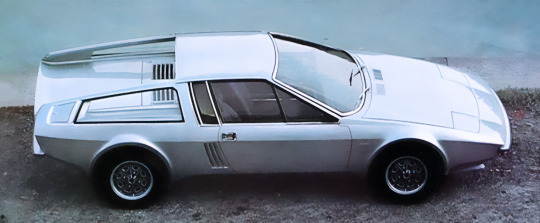

Geneva ‘74 50 years on: Audi 100S Coupé Speciale, by Frua. Presented half a century ago, a mid-engined Audi 30 years before Audi's own mid-engined R8 concept. Pietro Frua's concept placed Audi's 1,871cc 4 cylinder engine (from the 100 Coupé) longitudinally amidships. It remained a one-off
#Geneva 74#1974#50 years ago#Audi#Audi 100S Coupé Speciale#concept#Frua#Pietro Frua#design study#44th Geneva Motor Show#prototype#mid-engine#wedge design
374 notes
·
View notes
Photo

Classic timeless design in style surrounded historic Copenhagen architecture! #p1800 #frua #pellepettersson #design #travelphotography #betterwithage #fashionable (at Strøget) https://www.instagram.com/p/ChhwAx1gdzf/?igshid=NGJjMDIxMWI=
4 notes
·
View notes
Text

Maserati A6G 2000 Frua Berlinetta 1954. - source Amazing Classic Cars.
119 notes
·
View notes
Text



1969 Frua BMW 2800 GTS
My tumblr-blogs:
www.tumblr.com/germancarssince1946 & www.tumblr.com/frenchcarssince1946 & www.tumblr.com/englishcarssince1946 & www.tumblr.com/italiancarssince1946 & www.tumblr.com/japanesecarssince1947 & www.tumblr.com/uscarssince1935
39 notes
·
View notes
Photo
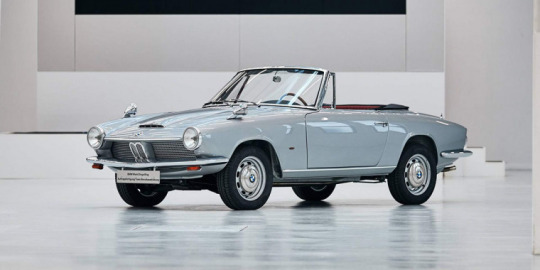
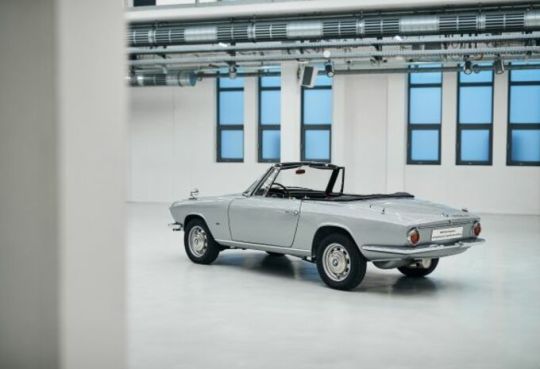


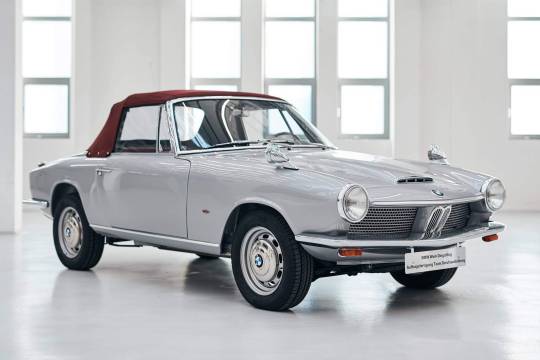
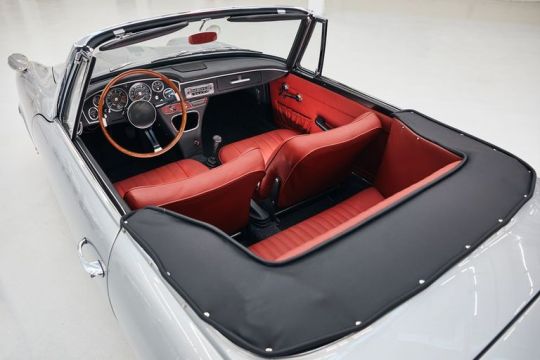
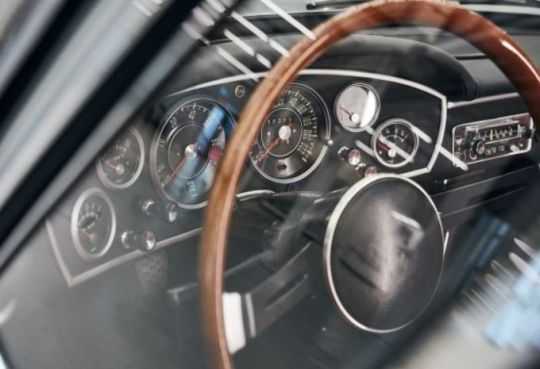
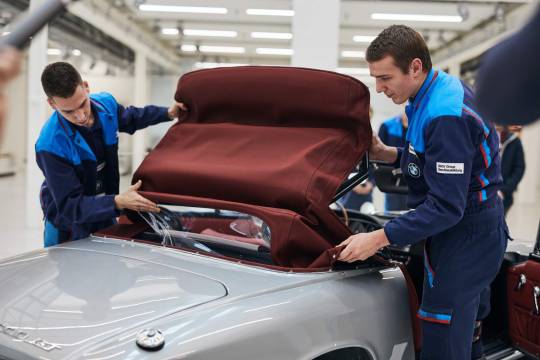
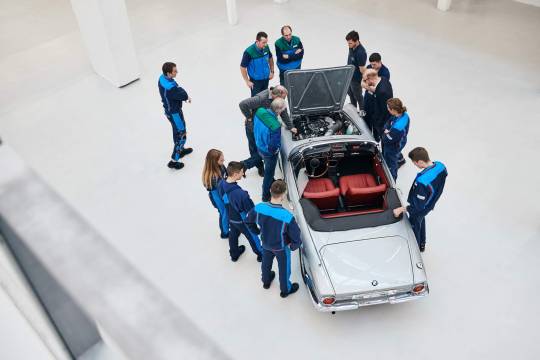
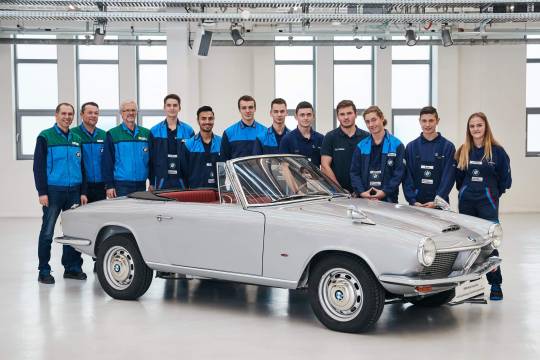
BMW 1600 GT Convertible (resurrects One-Off)
In 1966, BMW bought Dingolfing-based Glas, a vehicle manufacturer that had launched the Frua-styled 1300 GT in 1964 and the more powerful 1700 GT a year later.By 1967, BMW had already modified the GT, giving it the 105PS (103hp) 1.6-liter engine, rear axle, and seats from the 1600 TI, a kidney grille and round taillights from the BMW 02 Series. The car got re-badged as the BMW 1600 GT and went on to achieve 1,255 sales in just under a year of production, making it one of the rarest Bavarian classics.While the Glas 1300 GT and 1700 GT each had convertible versions, BMW never actually sold a drop-top 1600 GT. However, that doesn’t mean none got built. At the request of BMW USA importer Max Hoffmann, the automaker explored the possibility of building a 1600 GT convertible and a coupe with a larger 2.0-liter engine.
In October 1967, BMW took delivery of a Frua-built convertible body mounted on a strengthened floor assembly. The carmaker painted and assembled the car in Dingolfing and on November 16 the 1600 GT convertible was completed. A second prototype got built shortly after but it was scrapped following an accident during the test drives.
Unfortunately, plans for series production and export to the United States never materialized. The only surviving BMW 1600 GT convertible was handed over to BMW AG’s major shareholder at the time, Herbert Quandt. Licensed for driving on public roads, the car remained in the Quandt family for many years before being sold to other private owners. Ultimately, Munich-based Allianz Centre for Engineering bought the 1600 GT convertible and carried out major restoration work on it for the first time.BMW Group Classic tracked down the car and bought it with the plan of returning it to its original condition at the very place where it first saw the light of day: the Dingolfing plant. After several years of painstaking restoration by BMW apprentices guided by trainers, the silver four-seat convertible with a red top is now back in shape. Packing both original and remanufactured parts, the 1600 GT convertible looks just as it did 51 years ago and is ready to take its place in the BMW Group Classic collection.
42 notes
·
View notes
